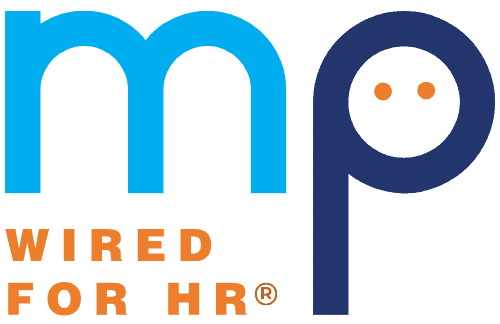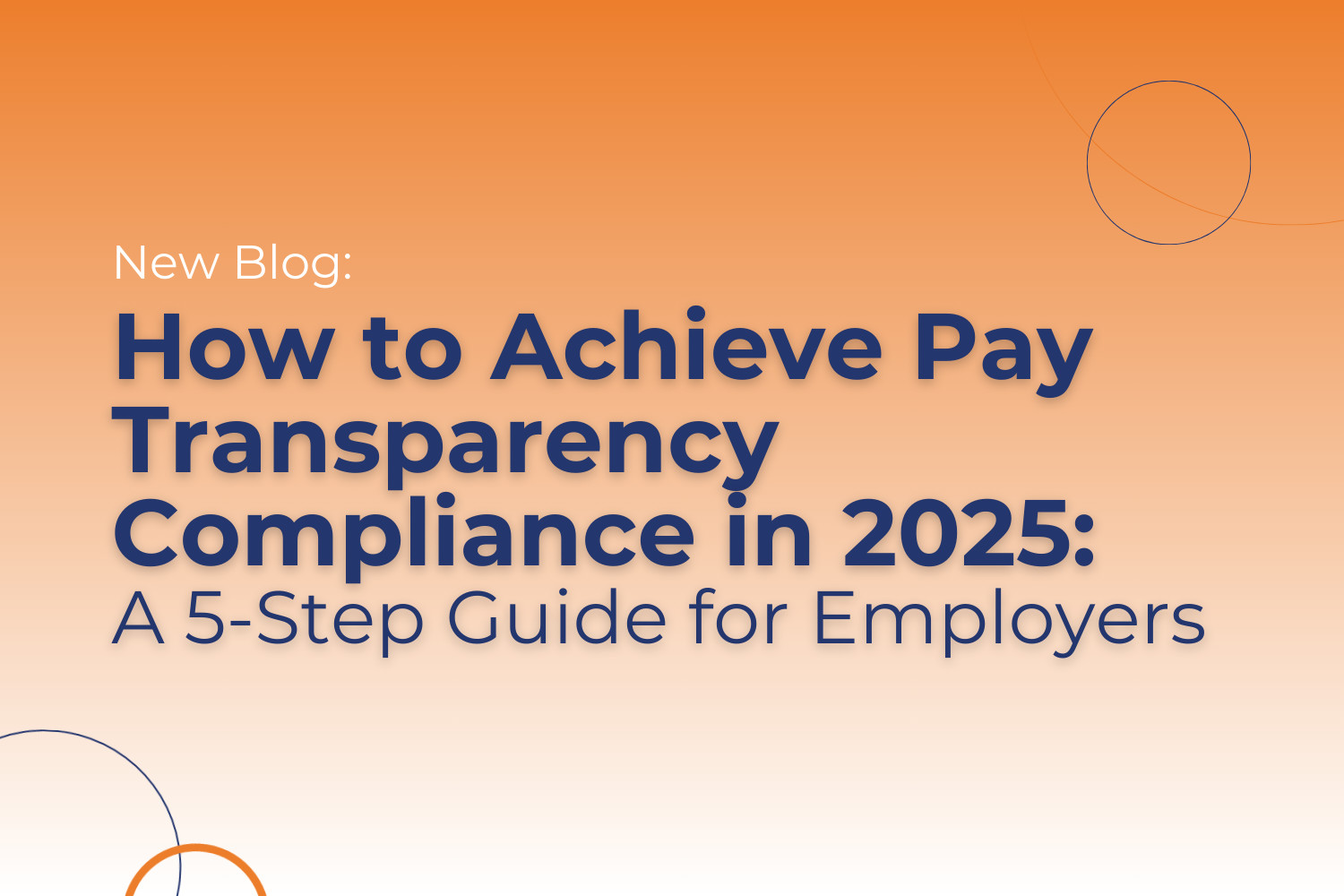Preparing for Upcoming Legal and Compliance Shifts in 2025 (Part 2)
February 6th, 2025

As the business landscape evolves rapidly, so does the legal environment surrounding it. Employers in 2025 will face an increasingly complex patchwork of regulations, from federal and state laws to industry-specific standards. In this second installment of our four-part series, we’ll dive into the critical legal developments on the horizon for employers. This blog will focus on the rise of artificial intelligence (AI) regulations, recent rulings by the National Labor Relations Board (NLRB), potential shifts in federal labor law, and key changes to workplace safety and child labor laws. These shifts are poised to challenge employers in new ways, and proactive preparation is the best way to navigate them successfully.
What Employers Need to Know About Upcoming Changes in 2025
In 2025, employers must prepare for a range of legal shifts that could impact how they operate, manage their workforce, and ensure compliance with an ever-growing array of regulations.
As regulations around AI evolve, employers will need to be vigilant in how they incorporate AI tools into recruitment, performance evaluations, and decision-making processes. The legal landscape surrounding unionization efforts is also shifting, as the NLRB has made significant moves to restrict certain employer practices, like captive audience meetings. Additionally, with changes in federal leadership potentially influencing labor law policies, businesses should be prepared for both federal and state-level challenges in managing labor relations.
Let’s break down these emerging legal issues and what employers can do now to stay ahead of the curve.
1. AI Regulations: What Employers Can Expect at the State and Federal Levels
The State of AI Regulations in 2025
Artificial intelligence has already made significant inroads into the workplace, and this trend is expected to accelerate in the coming years. From AI-based recruitment tools to performance management software and predictive analytics, AI is poised to reshape hiring practices, employee evaluations, and even compensation decisions. However, its rapid growth has raised concerns around fairness, bias, and privacy, prompting lawmakers at both the federal and state levels to take action.
At the federal level, the U.S. has been slow to enact comprehensive AI regulations, leaving states to lead the charge in creating frameworks for how AI can be used in hiring and decision-making processes. California, Illinois, and New York have already passed or proposed regulations that govern how AI can be employed in recruitment and employment decisions. These regulations primarily focus on transparency, requiring employers to disclose when AI tools are being used, as well as ensuring that these tools don’t perpetuate biases against protected groups.
What Employers Need to Watch Out For
Employers using AI in recruitment or performance evaluations should be aware of a growing patchwork of regulations that could differ significantly depending on where their business operates. Key areas of concern include:
- Bias and Fairness: AI systems must be free from bias and should be regularly audited for fairness. The Equal Employment Opportunity Commission (EEOC) has already signaled an increased focus on AI tools in employment, with particular attention to whether they disproportionately exclude certain demographic groups.
- Transparency: Many states are introducing laws requiring employers to disclose when they use AI tools to make hiring or promotion decisions. Failure to provide this disclosure could result in penalties.
- Data Protection: With AI relying heavily on data, including personal employee data, employers need to ensure compliance with state-level privacy laws like the California Consumer Privacy Act (CCPA) and the New York SHIELD Act.
Best Practices for Employers Using AI
To avoid potential legal issues, businesses should implement best practices such as:
- Conduct regular audits of AI tools to ensure they don’t perpetuate bias or discrimination.
- Clearly disclose to applicants and employees when AI is being used in recruitment, hiring, and performance evaluations.
- Follow data privacy and security protocols to ensure compliance with state and federal laws.
2. NLRB Ruling: The End of Captive Audience Meetings
What Are Captive Audience Meetings?
Captive audience meetings refer to employer-led gatherings during which employees are required to listen to anti-union messaging. These meetings have long been a common tactic used by employers to dissuade workers from unionizing. However, in a recent ruling, the National Labor Relations Board (NLRB) declared captive audience meetings to be unlawful. The NLRB’s decision effectively makes it illegal for employers to compel employees to attend meetings where they are pressured to reject unionization.
This decision marks a significant shift in labor law, as it aligns with the NLRB’s broader agenda of strengthening the rights of workers and unions. The ruling emphasizes the importance of protecting employees from coercion and ensures that workers can make unionization decisions free from employer interference.
Why the NLRB Has Declared Them Unlawful
The NLRB’s rationale for banning captive audience meetings is rooted in the idea that forcing employees to attend these meetings infringes upon their rights to make independent decisions about union representation. The NLRB found that such meetings are inherently coercive, especially when employees fear reprisal for not attending or for expressing opposing views.
Navigating Unionization Efforts in 2025
Employers who are dealing with unionization efforts must now rethink how they approach communication with their workforce. The NLRB’s ruling limits the methods employers can use to voice their opposition to unionization. While employers are still allowed to express their views on unionization, they must do so without coercion or mandating employee attendance.
Key takeaways for employers:
- Respect employees’ rights: Employers must respect employees’ rights to organize, join unions, or decline to do so without fear of retaliation.
- Adopt a fair approach: When communicating about unionization, employers must do so voluntarily and in a way that allows workers to make informed decisions.
- Avoid coercion: Employers should avoid tactics that could be perceived as coercive, such as mandatory attendance at anti-union meetings or issuing threats of job loss.
3. The Impact of Federal Leadership Shifts on Labor Law
Changes at the Department of Labor
The future of labor law in the U.S. could be significantly influenced by shifts in leadership within the Department of Labor (DOL). In 2025, President Biden’s administration may face challenges if President Trump’s nominee for Labor Secretary, Lori Chavez de Reamer, is confirmed. Chavez de Reamer is expected to prioritize deregulation, which could shift labor policies away from worker protections and toward more business-friendly regulations.
How Federal Deregulation Could Lead to State-Level Action
If the federal government moves to deregulate labor laws, states may step in to fill the gaps, leading to a patchwork of labor regulations. This could make compliance particularly challenging for employers who operate in multiple states, as each state may adopt its own set of rules. For instance, states like California have already enacted more stringent labor laws than those at the federal level, and more states may follow suit.
4. Other Key Legal Shifts to Watch: From OSHA to Child Labor Laws
OSHA Inspections and Smart Glasses
In 2025, employers can expect changes in how workplace safety inspections are conducted. The Occupational Safety and Health Administration (OSHA) is exploring the use of smart glasses for inspectors, which could change how audits and safety inspections are performed. These glasses will allow inspectors to record video, take notes, and instantly upload data, making inspections more efficient and thorough.
Employers should prepare by ensuring that their workplaces are fully compliant with OSHA safety regulations to avoid potential fines or violations during these new inspections.
Child Labor Law Enforcement
Another emerging concern for employers is the increased enforcement of child labor laws. There has been a rise in child labor audits, especially in industries like agriculture, manufacturing, and retail, where young workers may be more commonly employed. Employers must be especially cautious about the hours and duties assigned to employees under the age of 18.
Tips for Staying Compliant with Child Labor Laws:
- Ensure that all work performed by minors adheres to the specific rules for their age group (14-16 vs. 16-17).
- Avoid assigning hazardous tasks to minors.
- Keep accurate records of work hours and ensure compliance with state-specific labor laws.
Conclusion: What Employers Should Do Now to Prepare for 2025
As we approach 2025, employers must stay on top of evolving legal changes. With new regulations surrounding AI, unionization, labor laws, and workplace safety, it’s essential for businesses to remain flexible and proactive in their compliance efforts. Engaging with HR experts, such as our team at MP, will be critical to navigating this complex landscape, especially for multi-state employers.
By staying informed and preparing ahead of time, employers can avoid costly legal pitfalls and ensure that their businesses remain compliant with emerging laws. Stay tuned for the next blog in our series!
Make sure to subscribe to MP’s blog and stay on top of the most up-to-date news and trends in the business realm.
Stay Up-To-Date on Compliance & Trends
powered by Advanced iFrame. Get the Pro version on CodeCanyon.
Recent Posts
- Pay Transparency FAQs: Salary Range Laws, Compliance Tips & Remote Worker Rules
- How to Achieve Pay Transparency Compliance in 2025: A 5-Step Guide for Employers
- Legal and Compliance Considerations for Pay Transparency Initiatives
- Unlocking Success: The Power of Pay Transparency
- Don’t Get Burned by AI: Why HR Needs a Policy Yesterday (AI Zip Drive Included!)
Categories
- ACA (10)
- AI (6)
- BizFeed (6)
- Business Strategy (119)
- COBRA (5)
- Compliance (197)
- COVID-19 (92)
- Diversity (12)
- eBooks (19)
- Employee Engagement (33)
- Employee Handbooks (24)
- ERTC (29)
- FFCRA (7)
- HR (306)
- MP Insider (13)
- Payroll (117)
- PFML (9)
- PPP (24)
- PTO (5)
- Recruiting (53)
- Remote Work (39)
- Return to Work (32)
- Unemployment (1)
- Wellness (22)
Archives
- April 2025
- March 2025
- February 2025
- January 2025
- December 2024
- November 2024
- October 2024
- September 2024
- August 2024
- July 2024
- June 2024
- May 2024
- April 2024
- March 2024
- February 2024
- January 2024
- December 2023
- November 2023
- October 2023
- July 2023
- June 2023
- May 2023
- April 2023
- March 2023
- January 2023
- December 2022
- October 2022
- September 2022
- August 2022
- July 2022
- June 2022
- May 2022
- April 2022
- March 2022
- February 2022
- January 2022
- December 2021
- November 2021
- October 2021
- September 2021
- August 2021
- July 2021
- June 2021
- May 2021
- April 2021
- March 2021
- February 2021
- January 2021
- December 2020
- November 2020
- October 2020
- September 2020
- August 2020
- July 2020
- June 2020
- May 2020
- April 2020
- March 2020


